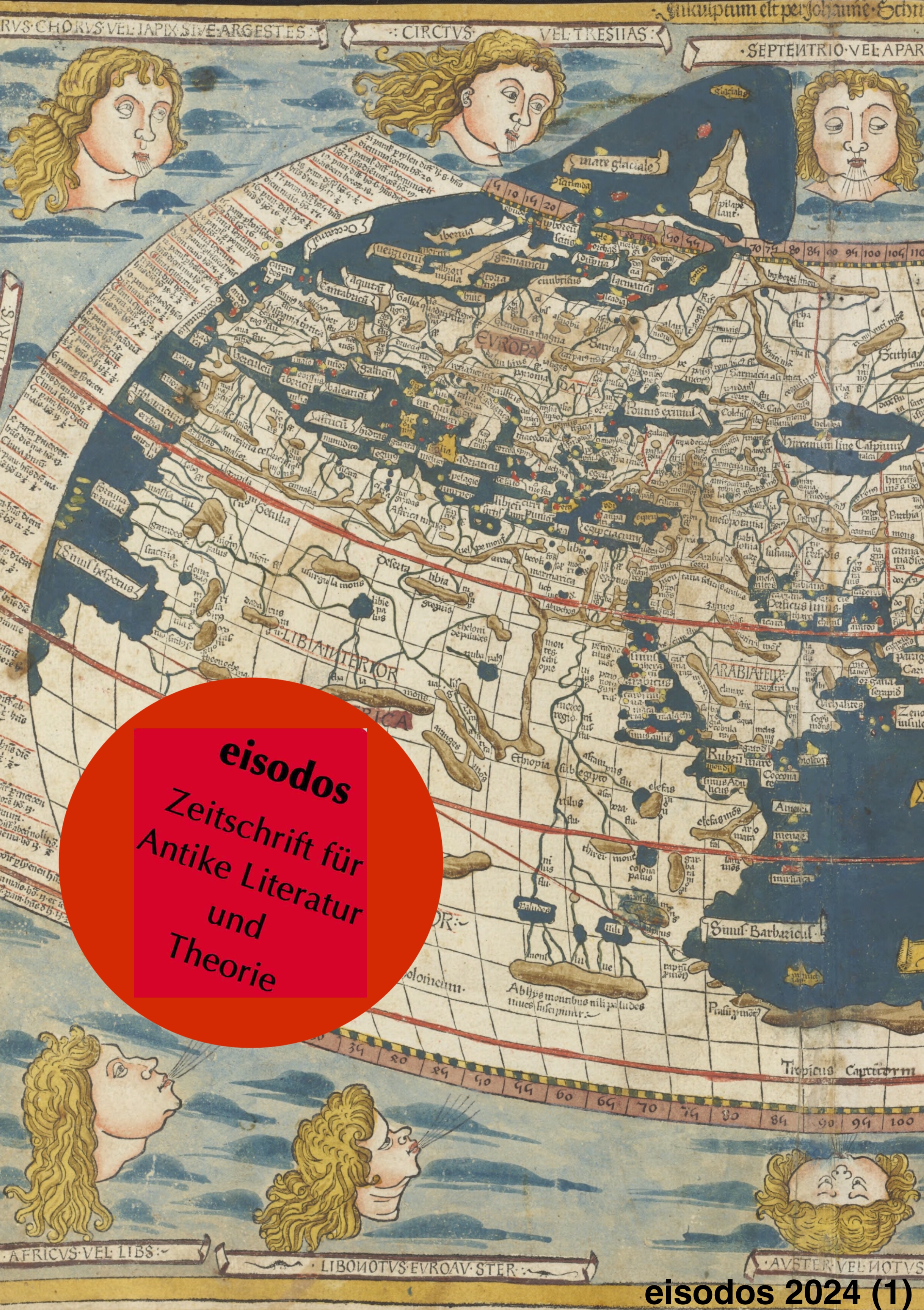The wise man and the king
the relationship between the philosopher Plotinus and the emperor Gallienus (253-268) in Porphyry's Vita Plotini
Schlagwörter:
Historiography,, Neoplatonism, Porphyry, Plotinus, Platonopolis, GalienusAbstract
Porphyrius von Tyrus, ein Schüler und Bewunderer des neuplatonischen Philosophen Plotin, hat Ende des 3. Jahrhunderts eine Aussage niedergeschrieben, die unter den Gelehrten der Geschichte, der Philosophie und anderer verwandter Wissenschaften Aufsehen erregt hat: "Kaiser Gallienus und seine Frau Salonina haben Plotin hoch geehrt und verehrt" (Porph. Vit. Plot. 12). Was ist mit diesem Satz gemeint? Waren Gallienus und Plotinus enge Mitarbeiter? Welche Spuren gibt es für eine solche Beziehung? In diesem Artikel werden wir die Indizien und Beweise für eine solche Beziehung und die besondere Sichtweise des Autors erläutern, wobei wir uns auch auf die Daten stützen, die aus anderen Quellen wie der bildenden Kunst, der Numismatik oder der Epigraphik stammen. Wir werden auch das Problem umreißen, das durch die Gründung von Platonopolis, der Stadt der Philosophen, in Kampanien in der Mitte des 3. Jahrhunderts.

Downloads
Veröffentlicht
Ausgabe
Rubrik
Lizenz
Copyright (c) 2024 David Serrano Ordozgoiti

Dieses Werk steht unter der Lizenz Creative Commons Namensnennung 3.0 International.
Autorinnen und Autoren, die in eisodos einen Beitrag veröffentlichen, bleiben in Besitz des Copyrights, garantieren aber eisodos das Recht auf Erstpublikation. Mit der Publikation wird der Artikel einer Creative Commons Attribution License (CC BY) unterstellt, die es erlaubt, den Artikel unter vollständiger Nennung der bibliographischen Angaben (Nennung von Autorname und Erstpublikation in eisodos) mit anderen zu teilen.
Es steht den Autorinnen und Autoren frei, ihren Beitrag außerdem in anderen Medien (bspw. auf der universitären Homepage oder als Kapitel in einem Buch) in nicht-exklusiver Weise und unter Nennung der Erstpublikation in eisodos zu veröffentlichen.
Autorinnen und Autoren werden ausdrücklich dazu ermuntert, ihren Beitrag vor und während der Veröffentlichung in eisodos online zu diskutieren (bspw. auf ihrer eigenen oder der universitären Homepage). Dies führt zu produktivem Austausch und zu früherer Kenntnisname und Verwendung des im Anschluss daran in eisodos veröffentlichten Beitrags sowie der Verweisung auf ihn.

